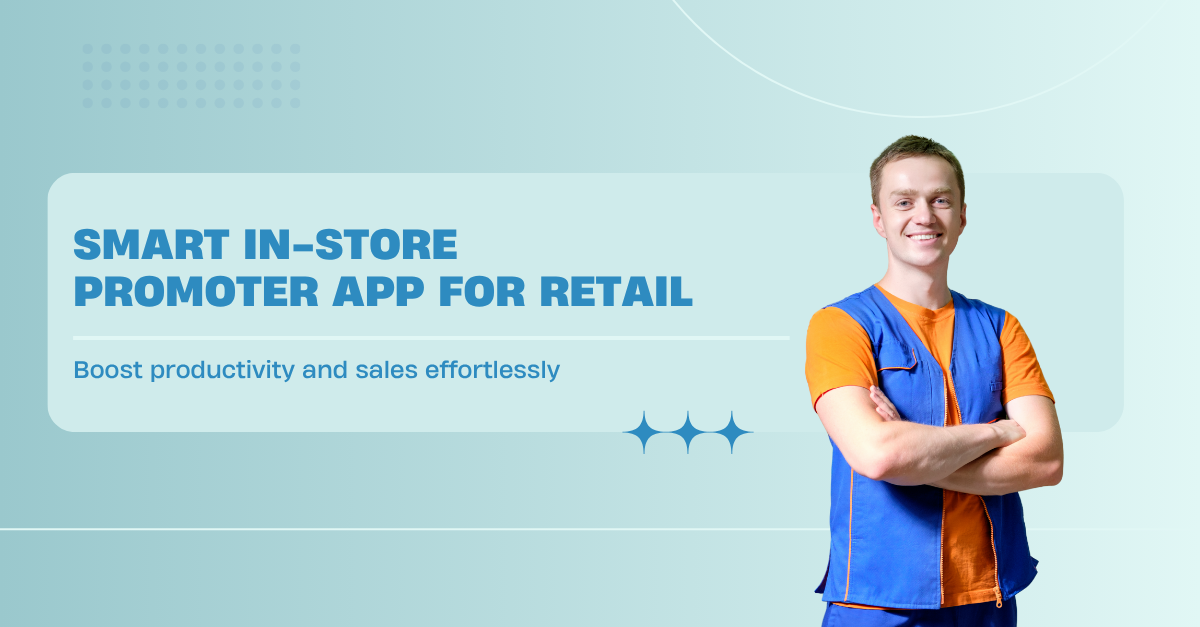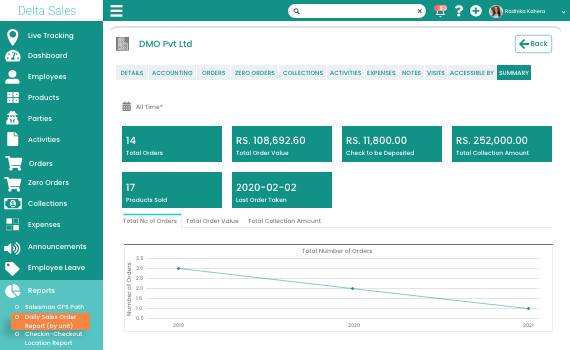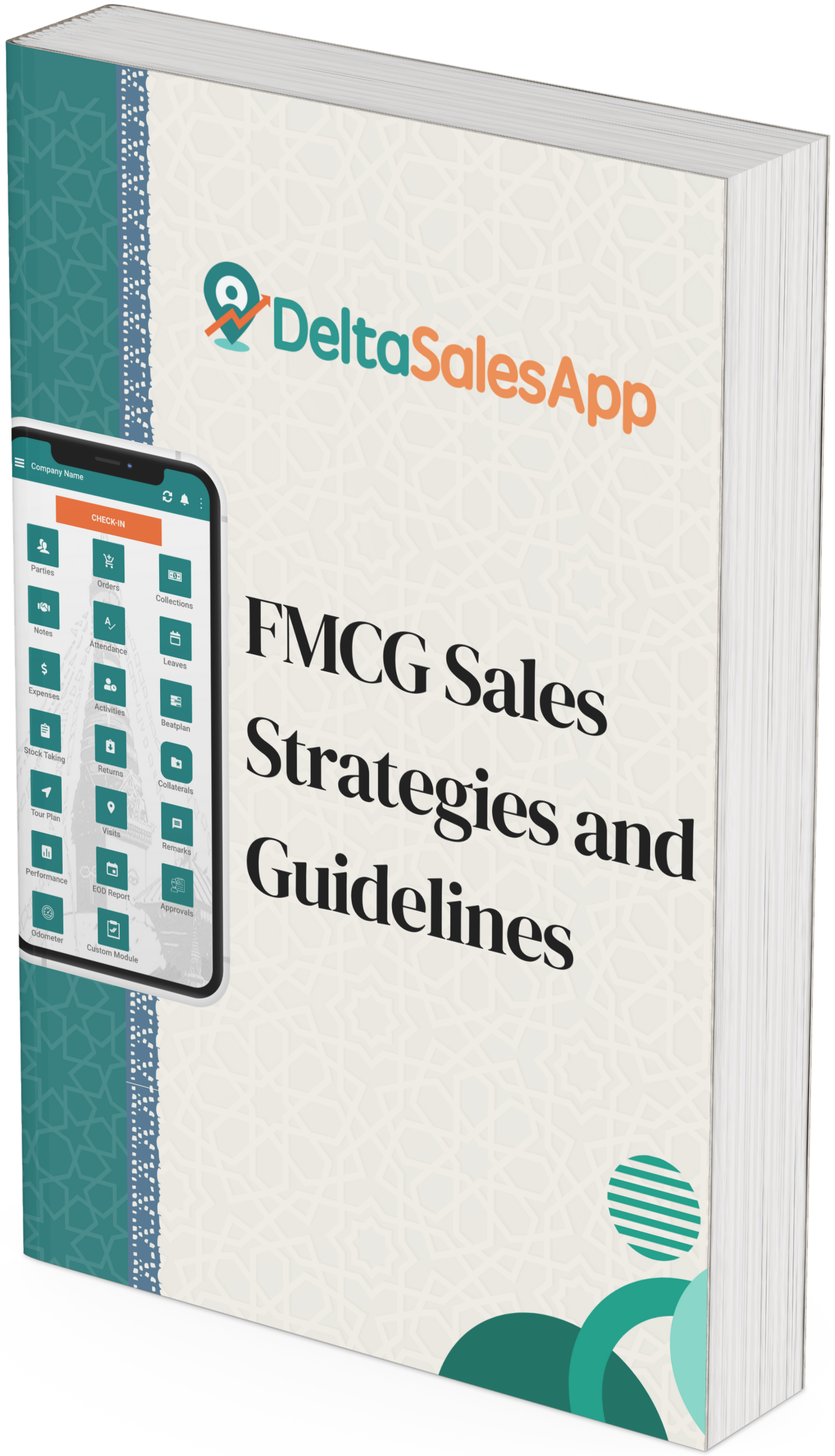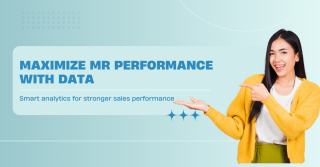What is an In-Store Promoter Management App and How It Can Boost Your Retail Sales

A retail promoter oversight application is crucial for today's merchants, given the growing competitive environment. With expanding customer demands, shifting purchasing patterns, and elevated requirements for point-of-sale interactions, the need to optimize revenue and implement perfect promotional activities is paramount. Older systems, such as paper forms, data sheets, and sporadic manager check-ins, are now inadequate for handling in-store staff efficiently.
Through the digitalization of promoter oversight, these tools enable retailers to enhance productivity, ensure responsibility, and improve total store results. Field staff can record their work, report inventory status, deploy marketing efforts, and document customer input instantly. Supervisors, conversely, acquire valuable understanding to inform choices that streamline processes, pinpoint successful branches, and resolve weaker locations.
In this blog, we’ll explore the core features of these apps, their benefits, and how they can transform retail operations and drive sales growth.
What Is an In-Store Promoter Management App and Why It Matters
An in-store promoter management app is a digital system intended to simplify overseeing the promoters who act as brand representatives inside shops. Previously, keeping tabs on promoters involved conventional techniques such as handwritten logs, spreadsheet documents, or infrequent checks by supervisors. These older systems frequently resulted in bottlenecks, slow comprehension, and lost revenue possibilities.
Contemporary applications substitute these legacy techniques with immediate electronic monitoring. Promoters have the ability to log their daily work, update inventory figures, carry out marketing assignments, and submit observations from shoppers - all through portable gadgets. Supervisors gain access to control panels that centralize information into usable understandings, allowing them to perfect promoter assignments, check adherence to store standards, and foster steady sales increases.
5 Key Features of a Powerful In-Store Promoter Management App
To understand why these apps are indispensable, let’s look at their core functionalities:
1. Task Assignment and Tracking
Reps get their daily instructions straight to their phones. Jobs could cover showcasing items, arranging displays, or running special promotions. Supervisors monitor progress instantly, confirming follow-through and prompt action.
2. Attendance and GPS Monitoring
GPS check-ins monitor staff visits to stores, their travel paths, and the duration at each spot. This confirms efficient coverage, aids in spotting areas lacking presence, and assures promoters are positioned well.
3. Analytics and Reporting
Performance displays offer visibility into promoter actions, product exposure, sales results, and client engagements. Leaders can swiftly spot patterns, emphasize leading promoters, and implement fixes in lagging stores.
4. Stock and Display Management
Sales representatives can adjust stock counts and confirm product placement aligns with merchandising layouts. This guarantees items are in stock, minimizes excess inventory, and upholds visual presentation guidelines throughout retail locations.
5. Instant Communication
Instant messaging capabilities let supervisors issue directions, warnings, or marketing news right away. This keeps promoters updated and in sync with ongoing promotions.
6 Ways an In-Store Promoter Management App Boosts Retail Sales
Implementing an in-store promoter management app offers measurable benefits for retailers and brands:
1. Increased Productivity
Digital reporting minimizes paperwork, enabling promoters to focus more on customer engagement and promotional execution.
2. Improved Accountability
Real-time task tracking ensures promoters complete assignments, visit the right stores, and follow brand guidelines consistently.
3. Enhanced Customer Experience
Well-managed promoters provide informed, personalized assistance to customers, improving sales conversion rates and strengthening brand loyalty.
4. Data-Driven Decision Making
Analytics provide insights into promoter performance, store compliance, and sales trends. Managers can optimize schedules, training programs, and promotional strategies.
5. Optimized Inventory Management
Monitoring stock levels digitally prevents stock-outs and overstocking, ensuring products are available in high-demand locations.
6. Consistent Promotional Execution
Promotional campaigns are executed accurately across all stores, ensuring brand consistency and maximizing campaign ROI.
How an In-Store Promoter Management App Drives Sales Growth
Sales growth depends heavily on the effectiveness of in-store promoters. The app supports growth in several ways:
Strategic Promoter Deployment
Promoters can be assigned to stores based on sales potential, foot traffic, or promotional campaigns to maximize impact.
Improved Conversion Rates
Monitored and supported promoters can engage customers effectively, increasing the likelihood of converting visitors into buyers.
Accurate Promotions Execution
Ensuring campaigns, discounts, and product launches are executed correctly helps maintain brand integrity and boosts overall sales.
Faster Issue Resolution
The app enables quick identification and resolution of stock shortages, promotional errors, or customer concerns, minimizing lost sales opportunities.
Why Manual Promoter Management Fails and How Apps Solve It
Retailers relying on traditional methods often encounter multiple challenges that hinder sales growth and operational efficiency:
Manual Reporting
Traditional reporting methods, such as spreadsheets, paper forms, or verbal updates, are time-consuming and prone to errors. Promoters may forget to submit reports, data entry mistakes can occur, and consolidation of information often takes days. By the time managers review these reports, the information may already be outdated, leading to delayed decisions and missed opportunities.
Lack of Visibility
Without digital tracking, managers have limited insight into promoter activities and store operations. They cannot verify if promoters visited stores as planned, completed assigned tasks, or adhered to brand standards. This lack of real-time visibility creates gaps in accountability and makes it difficult to identify underperforming promoters or stores.
Inconsistent Promotions
Manual methods make it challenging to ensure uniform execution of promotional campaigns. Instructions shared via email or verbal briefings can be misinterpreted, and compliance is hard to monitor. This results in promotions being executed differently across stores, diluting their impact and reducing ROI.
Stock Management Issues
Tracking inventory manually is inefficient and error-prone. Managers often rely on periodic checks or promoter reports, which can result in stock-outs, overstocking, or misplaced products. Poor inventory visibility directly affects sales, customer satisfaction, and operational efficiency.
Delayed Issue Resolution
Without real-time insights, issues such as stock shortages, promotional errors, or customer complaints take longer to resolve. Delays can affect sales performance, customer satisfaction, and brand reputation.
An in-store promoter management app solves these problems by providing a centralized, digital solution. It streamlines operations, reduces errors, enhances productivity, and ensures every store visit contributes to sales growth.
How to Choose the Right In-Store Promoter Management App
When selecting an app, retailers should focus on these factors:
User-Friendly Interface: Promoters should be able to navigate the app easily, minimizing training time.
Analytics and Reporting: The app must provide actionable insights into promoter activity, store compliance, and sales trends.

Customization Options: Choose an app adaptable to your retail workflows, store formats, and promotional campaigns.
Integration Capabilities: Ensure compatibility with existing CRM, inventory, and reporting systems for seamless operations.
Scalability: As your retail network grows, the app should support additional stores, promoters, and campaigns without performance issues.
How Brands Boost Sales with Promoter Apps
Consider a leading beverage brand launching a new product nationwide. Traditionally, promoters were briefed via email, and reports were collected manually. Execution was inconsistent, stock levels were unoptimized, and sales fell short of targets.
By implementing an in-store promoter management app, the brand achieved:
Real-time reporting of stock and promotions
Consistent product placement across all stores
Data-driven promoter deployment in high-potential locations
Faster resolution of stock or promotional issues
Emerging Trends in In-Store Promoter Management Apps
The future of in-store promoter management apps is being shaped by advanced technology, AI, and automation, offering retailers smarter ways to optimize their in-store operations. Here’s what’s on the horizon:
1. AI-Driven Analytics
Next-generation apps leverage AI to provide predictive insights on promoter performance, customer behavior, and store trends. Retailers can anticipate high-demand products, identify underperforming stores, and optimize promoter deployment for maximum impact.
2. Advanced Automation
Automation features reduce manual work by streamlining reporting, task assignments, and alert notifications. Promoters automatically receive reminders for scheduled tasks, while managers get instant updates on completed activities, saving time and minimizing errors.
3. Seamless Integration with CRM and Sales Tools
Modern promoter management apps integrate with CRM systems, inventory platforms, and sales reporting tools. This allows retailers to have a 360-degree view of their operations, linking promoter activities directly to sales performance and customer engagement metrics.
4. Gamification for Motivation
To boost promoter engagement and productivity, gamification elements are being incorporated. Promoters earn rewards, badges, or performance points for completing tasks, achieving sales targets, or maintaining brand compliance. This not only drives motivation but also improves accountability.
Final Thoughts
In today’s fast-paced retail environment, an in-store promoter management app is no longer optional, it’s a strategic necessity. From improving productivity and accountability to enhancing customer engagement and driving sales, the benefits are clear.
Retailers that leverage these apps gain a competitive edge by ensuring every store visit, promotional activity, and customer interaction is executed flawlessly. Investing in a robust app transforms retail operations into a well-oiled, data-driven engine for consistent growth and measurable results.









